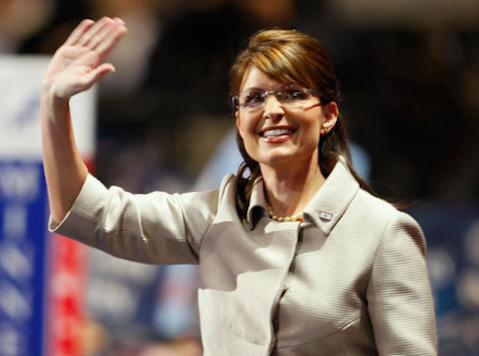
On Wednesday, nearly 20 million viewers tuned in to the 10 p.m. hour for Paul Ryan’s speech at the Republican National Convention. Four years ago, 37 million people — 17 million more viewers — tuned in to view Sarah Palin’s RNC address in Minnesota.
According to Nielsen, only FOX News and ABC improved their ratings from Tuesday night, when nearly 22 million viewers tuned in to see Ann Romney speak. Meanwhile, viewership across every network was down from 2008. According to Nielsen, FOX News was down 1.5 million viewers, NBC 3.5 million, CNN nearly five million, ABC three million, CBS two million, and MSNBC about two million.
Nielsen’s numbers reveal that a “vast majority” of viewers of all the networks were 55 years of age or over. On Tuesday, the RNC’s first night, Nielsen estimated that nearly 15 million of the 22 million viewers who watched the convention were 55 years of over. On the other hand, only 1.5 million viewers who were aged 18 to 34 watched convention Tuesday’s coverage.
And consider this: On Wednesday, the fourth episode of “Honey Boo Boo,” a show described as being about a “redneck” family and their “Toddlers and Tiara” daughter, pulled a 1.3 rating among the 18-48 age demographic. This bested the combined cable news viewership of the convention among viewers in this demographic.
There were a lot of reasons why Palin drew such massive ratings in 2008: She had mega-wattage star power. She was an unadulterated conservative in a center-right country who also appealed to independents who identified with her frontier spirit. But the main reason people tuned in to see her address was because she was unexpected, unknown, and unpredictable.
In essence, Palin in 2008 was everything that modern conventions are not.
Typically, political conventions are over-scripted. The identities of the presidential and vice presidential nominees are known weeks and months before. And because of the Internet, viewers know what is going to happen at the conventions. They can also watch what happened at the time and on the device of their choosing. Speeches and the identities of surprise guests are leaked. There is no mystery anymore. And for many viewers, there are even less reasons to watch conventions live.
Much has changed since 2008 in the political and media worlds. The media has become more fragmented and the news cycle more voracious. Viewers have more specialized channels they can watch and more distractions online. Twitter has become the agenda-setter, and news cycles last minutes instead of hours because information spreads so rapidly on Twitter.
More people are interconnected, and news gets stale quicker. Viewers’ attention spans have become shorter. But because of the pure volume of news Americans are bombarded with news on television, the radio, Internet, and mobile devices, they are also more informed and have a higher baseline of basic knowledge about politics and the horserace than ever before.
But political conventions still have not changed, for the most part. Conventions seem like relics. To interconnected viewers, political conventions make them feel like they are stuck in a time warp.
Combine that with a fading mainstream media that has been discredited, the proliferation of new media, and ability of people to watch any convention speech they want streaming or on YouTube minutes after it is delivered, and there is little incentive to tune in.
Viewers tune in to programs that are unpredictable and have drama. This is why live sports continue to draw massive ratings and advertising dollars. So do good dramas and reality shows, though to a lesser degree.
In a similar vein, Palin is the perfect political figure for the modern media age. She is unscripted and has a flair for the dramatic. She has a has a broad and loyal fan base. While conservatives — particularly the Tea Party wing — root her on, liberals who hate her tune-in in hopes she fails. But they tune-in nevertheless. She brings drama and conflict to the table for the same reason she appeals to independents: she’ll fight toe-to-toe with the Democrats AND the Republican establishment. Viewers crave this.
Both television networks and convention planners should study why people tune in when Palin is on television; people need a reason to watch, and in 2008, she was that reason.
But, of course, she wasn’t up against “Here Comes Honey Boo Boo.”

COMMENTS
Please let us know if you're having issues with commenting.